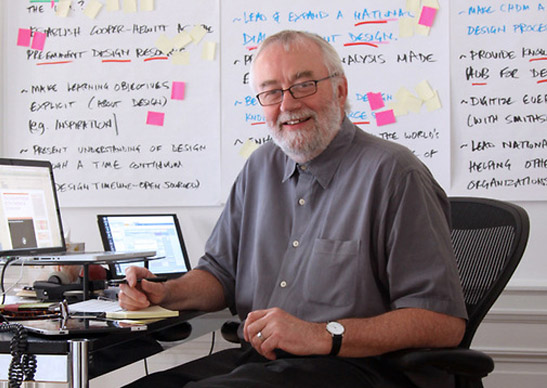
Saquib Idrees writes about the many uses of satellites, from spying to exploring space—and making it possible for us to watch our favourite TV programmes!

Saquib Idrees writes about the many uses of satellites, from spying to exploring space—and making it possible for us to watch our favourite TV programmes!

The global pandemic has meant that this year’s Ramadan has been unlike any before. Zahoor Bilali writes about some of the ways in which Bradford Grand Mosque have approached this challenge.

Our Masters placement students give you the inside track on how Thresholds, Mat Collishaw’s extraordinary VR experience, was created and installed at the museum.

Iain Logie Baird has been researching the first time that TV was officially received outside London. What a coincidence that it was right here in Bradford.

Shortly after Wilhelm Röntgen announced his discovery of X-rays, Josef Maria Eder and Eduard Valenta produced their portfolio of prints using the new technology.

Louis Le Prince was the first person to create moving pictures—but he mysteriously disappeared in 1890, and his fate is still unknown.

Kieron Casey learns about one of the pioneers of early cinema, George Albert Smith, and has a humbling experience in our archives.

This year’s IMD is all about memory, creativity and social change—something which is close to our hearts, and inseparable from our collection.

Bill Moggridge was a British designer responsible for the design of the modern laptop computer.

Installing a new exhibition can involve many hurdles—it’s not all just hanging pictures on a wall—and today we tackled quite a challenge.

First coined by book publisher Tim O’Reilly in 2004, the term ‘Web 2.0’ has become a popular phrase to encompass the new generation of internet applications that enable content sharing and collaboration.